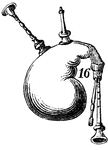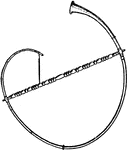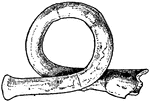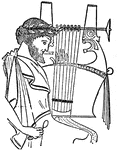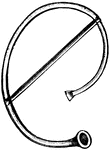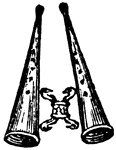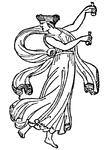Ancient Roman Musical Instruments
The Ancient Roman Musical Instruments ClipArt gallery offers 23 illustrations of the aulos, buccina, cithara, cornu, cymbalum, flute, litus, sambuca, tuba, and tympanum.
Aulos
"Roman Ivory Aulos found at Pompeii, showing slides and rings." — The Encyclopedia Britannica,…
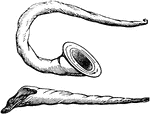
Buccina
"A kind of horn trumpet, anciently made out of a shell, the form of which is exhibited in the two specimens…

Curved buccina
"The buccina is curved for the convenience of the performer, with a very wide mouth, to diffuse…
Straight buccina
"A copy of an ancient sculpture taken from Blanchini's work, it still retains the original form of the…

Cymbalum
"A musical instrument, in the shape of two half globes, which were held one in each hand of the performer,…

Sambuca
"A harp, was of oriental origin. The performances of sambucistriae were only known to the early Romans…

Tintinna'bulum
"Tintinna'bulum, a bell. Bells were of various forms among the Greeks and Romans, as among us. various…
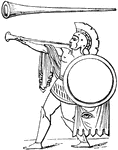
Tuba
"Tuba, a bronze trumpet, distinguished from the cornu by being straight, while the latter was curved.…
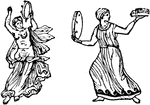
Tympanum
"Tympanum, a small drum carried in the hand. Of these, some resembled in all respects a modern tambourine…
